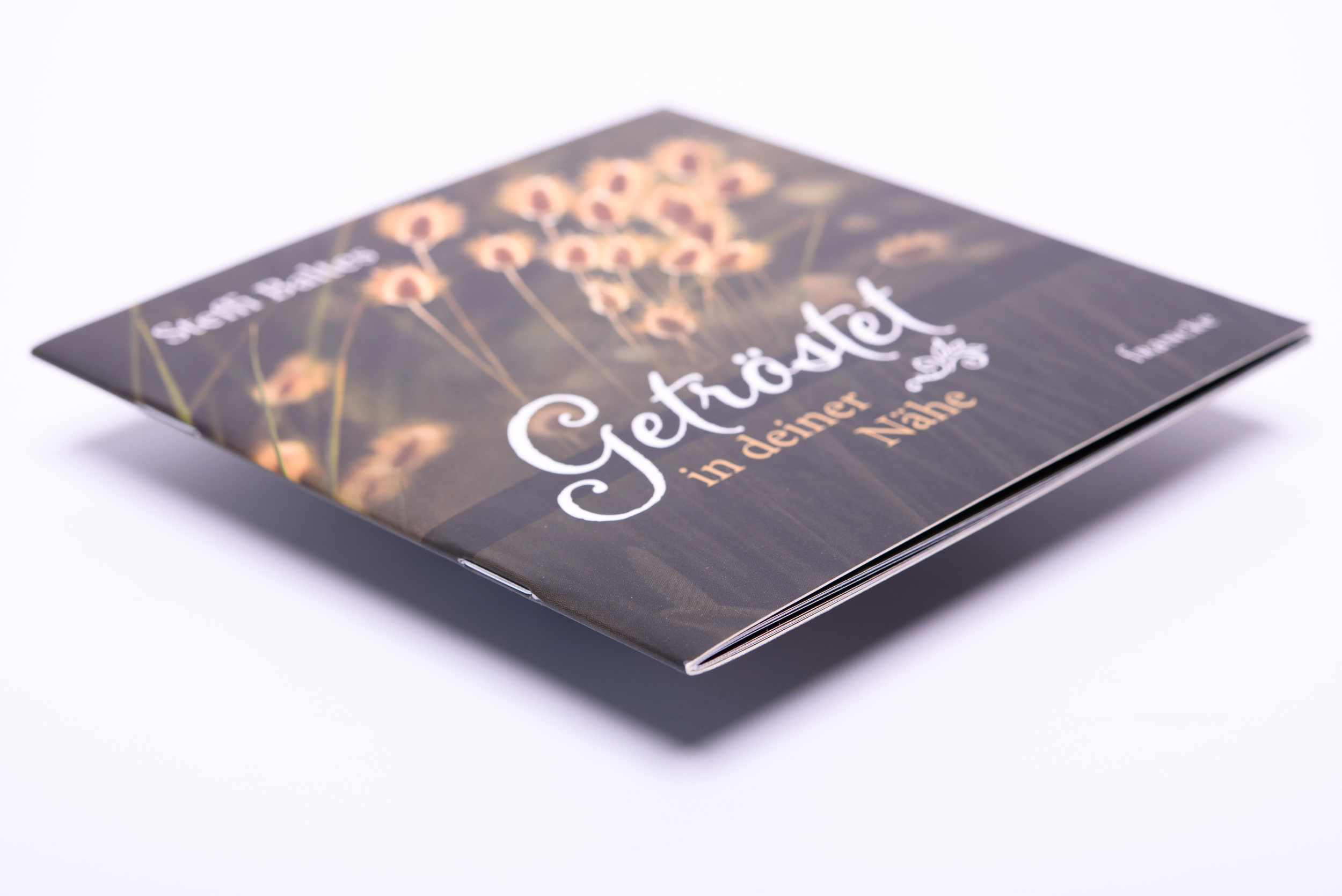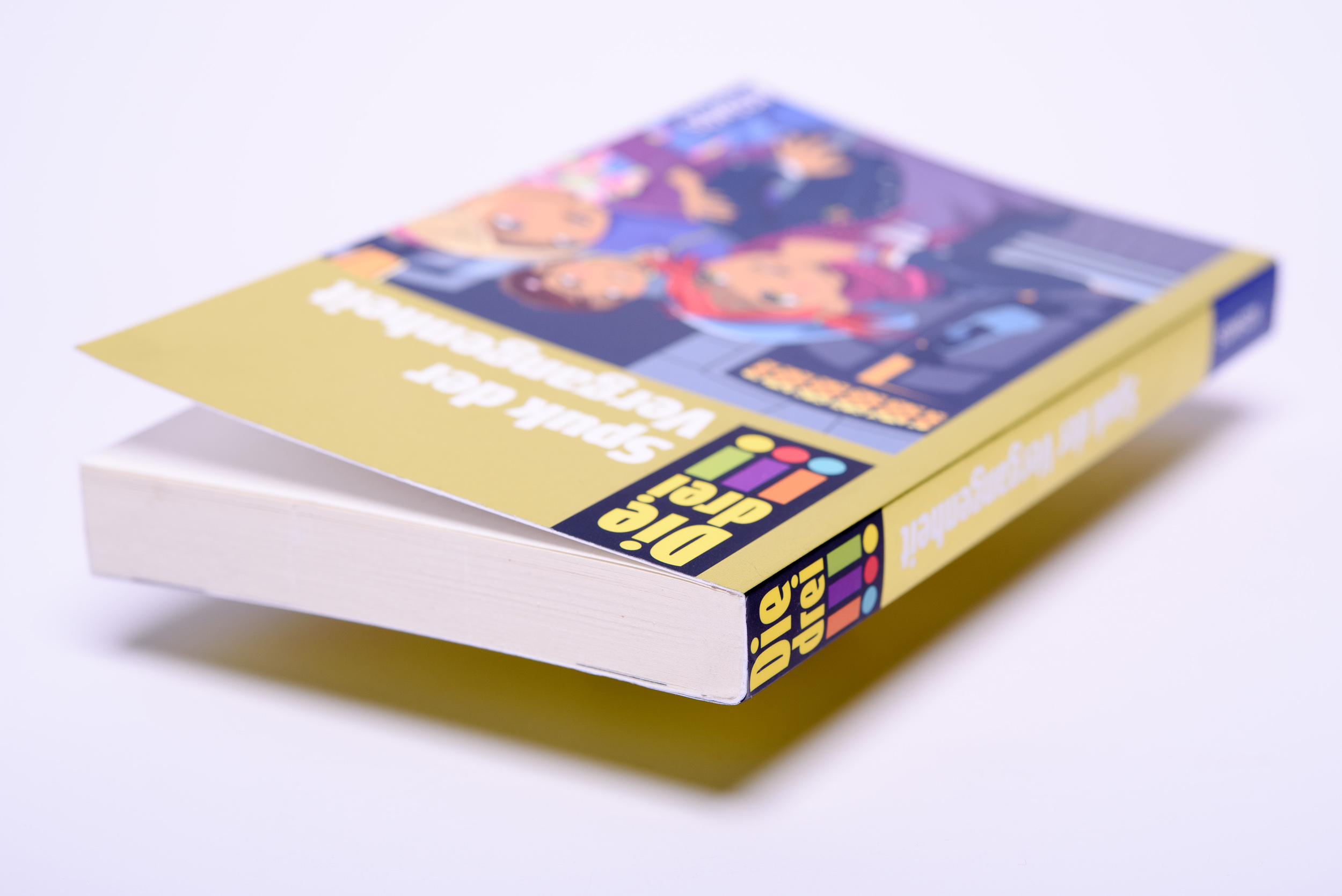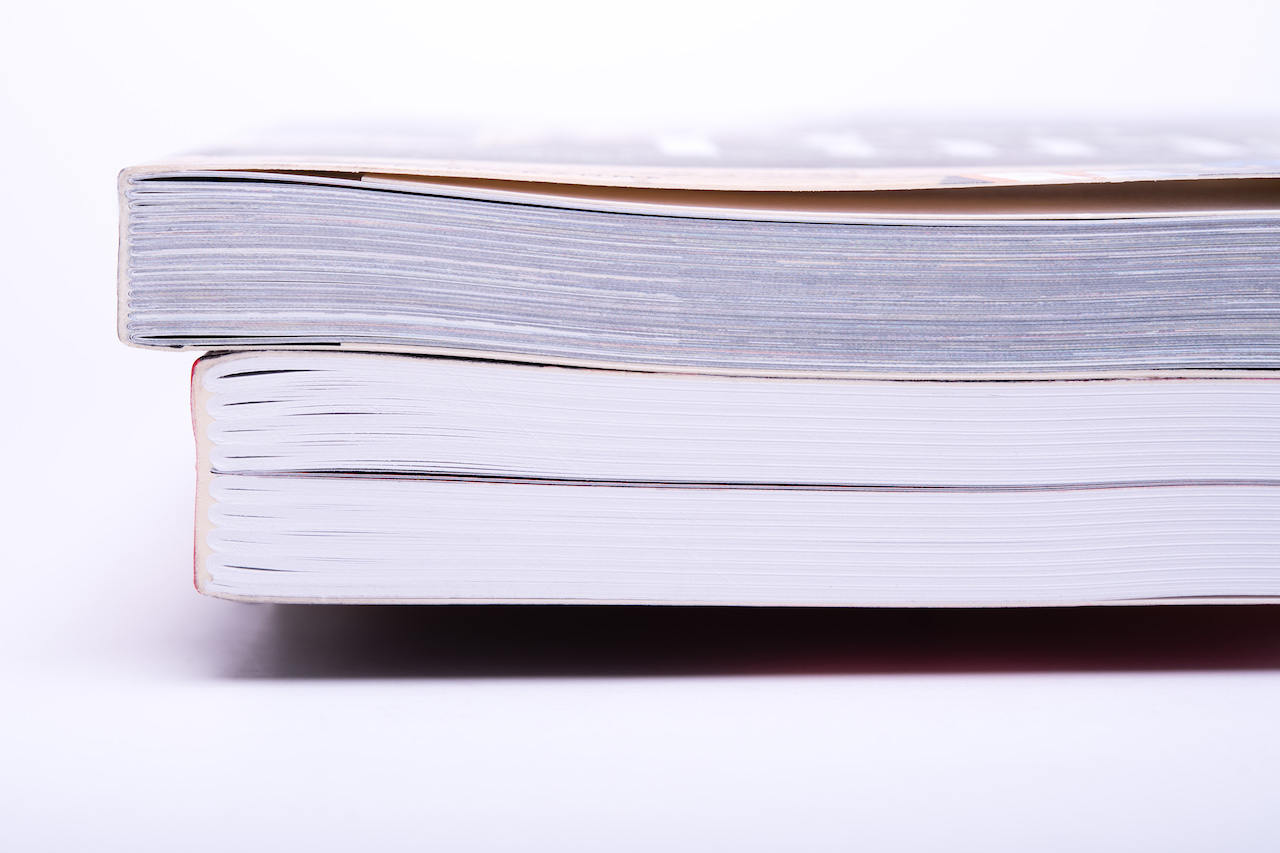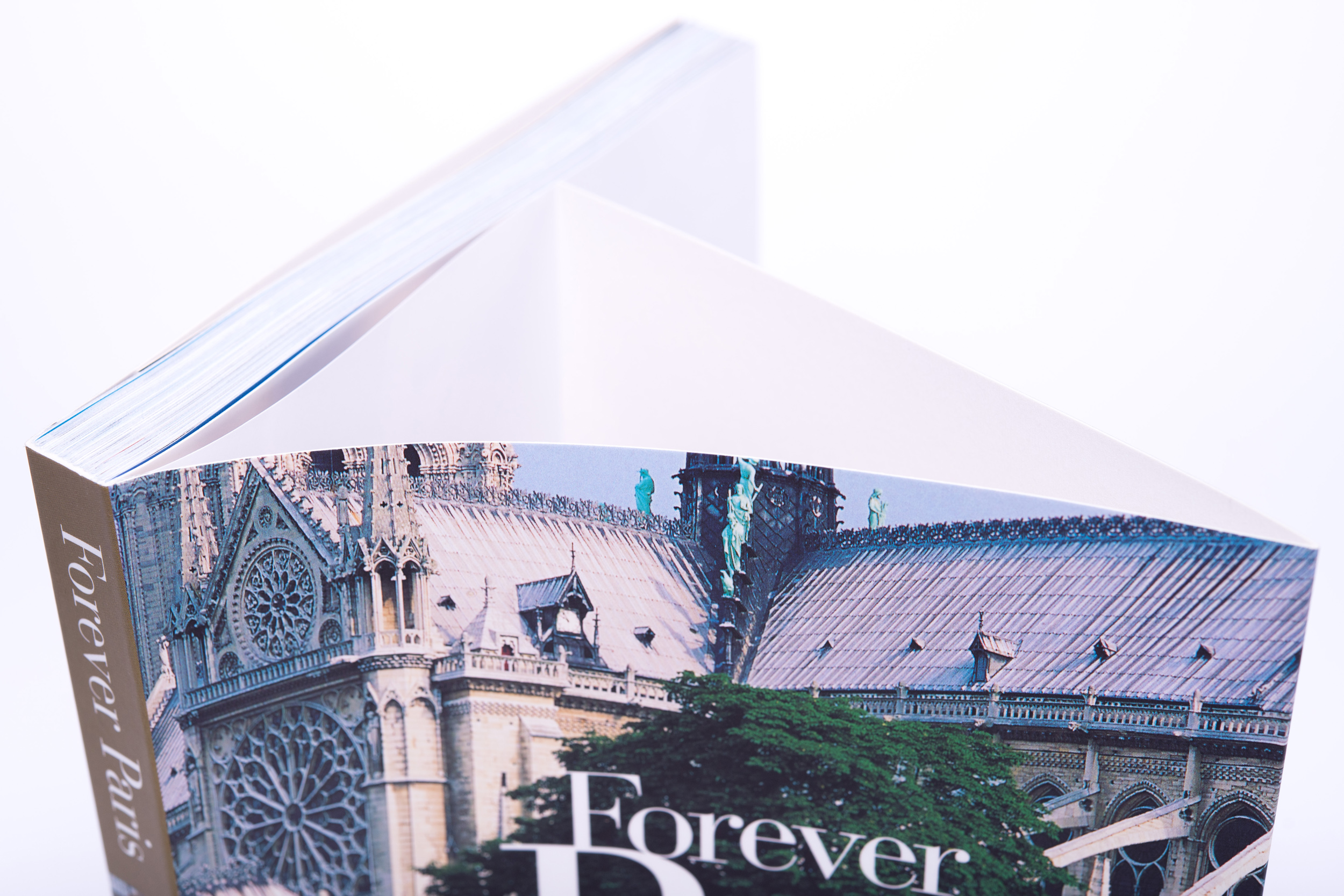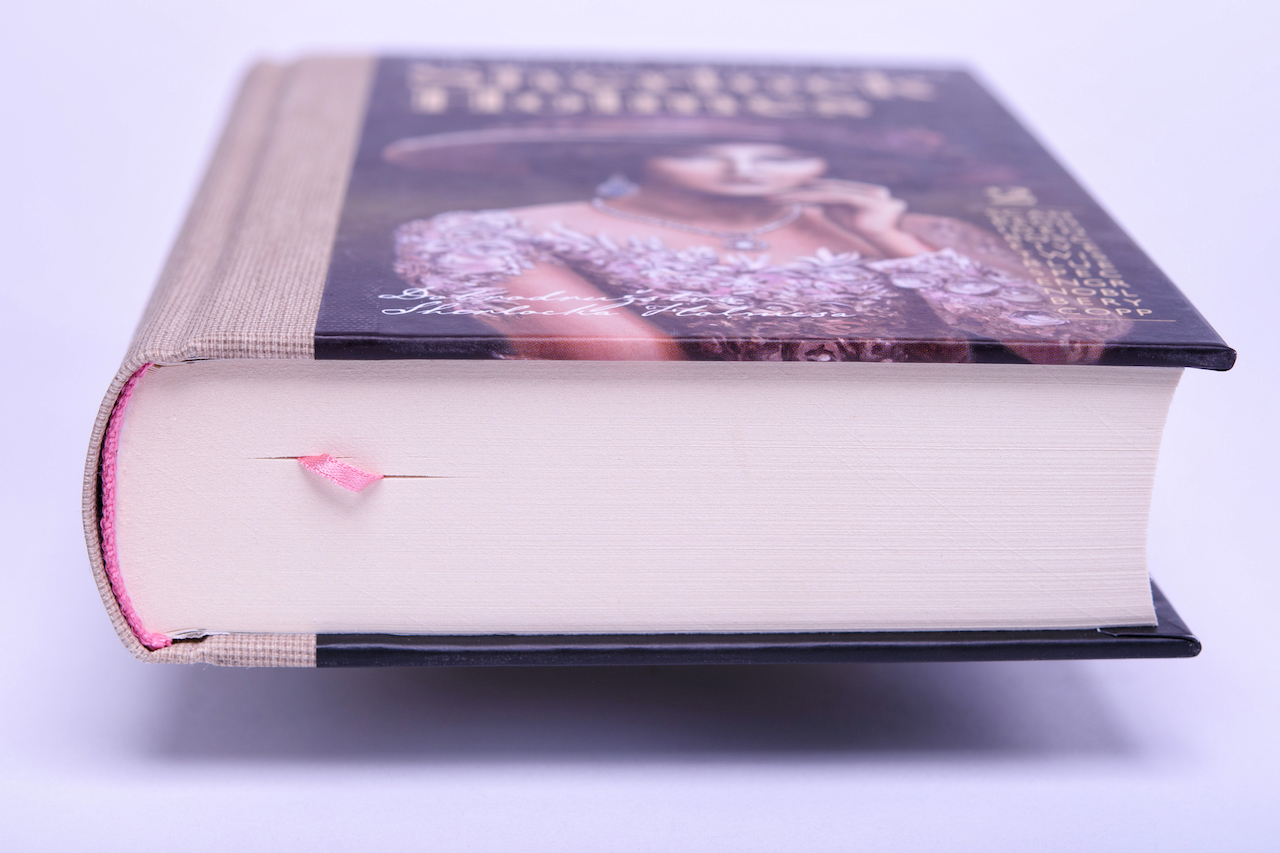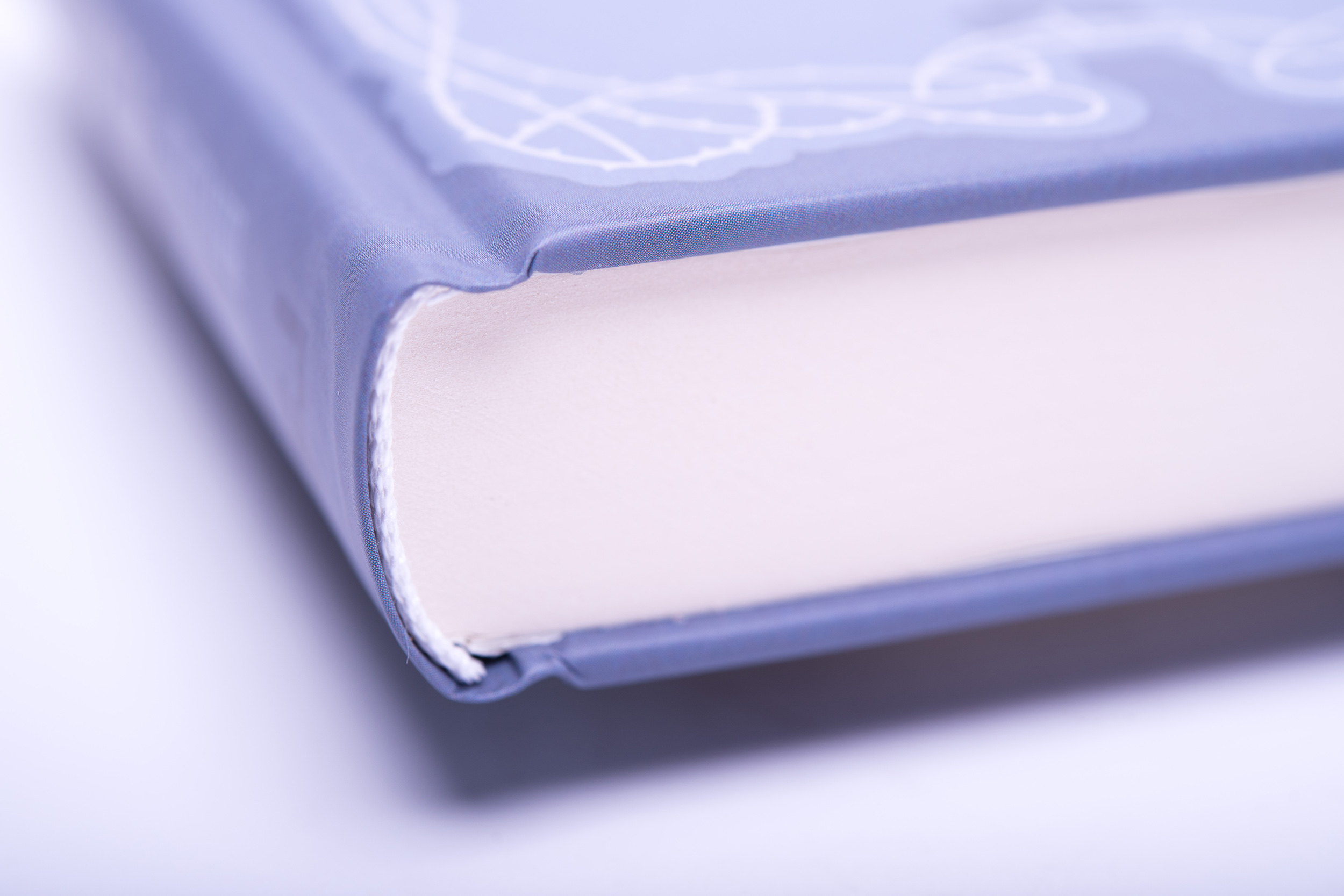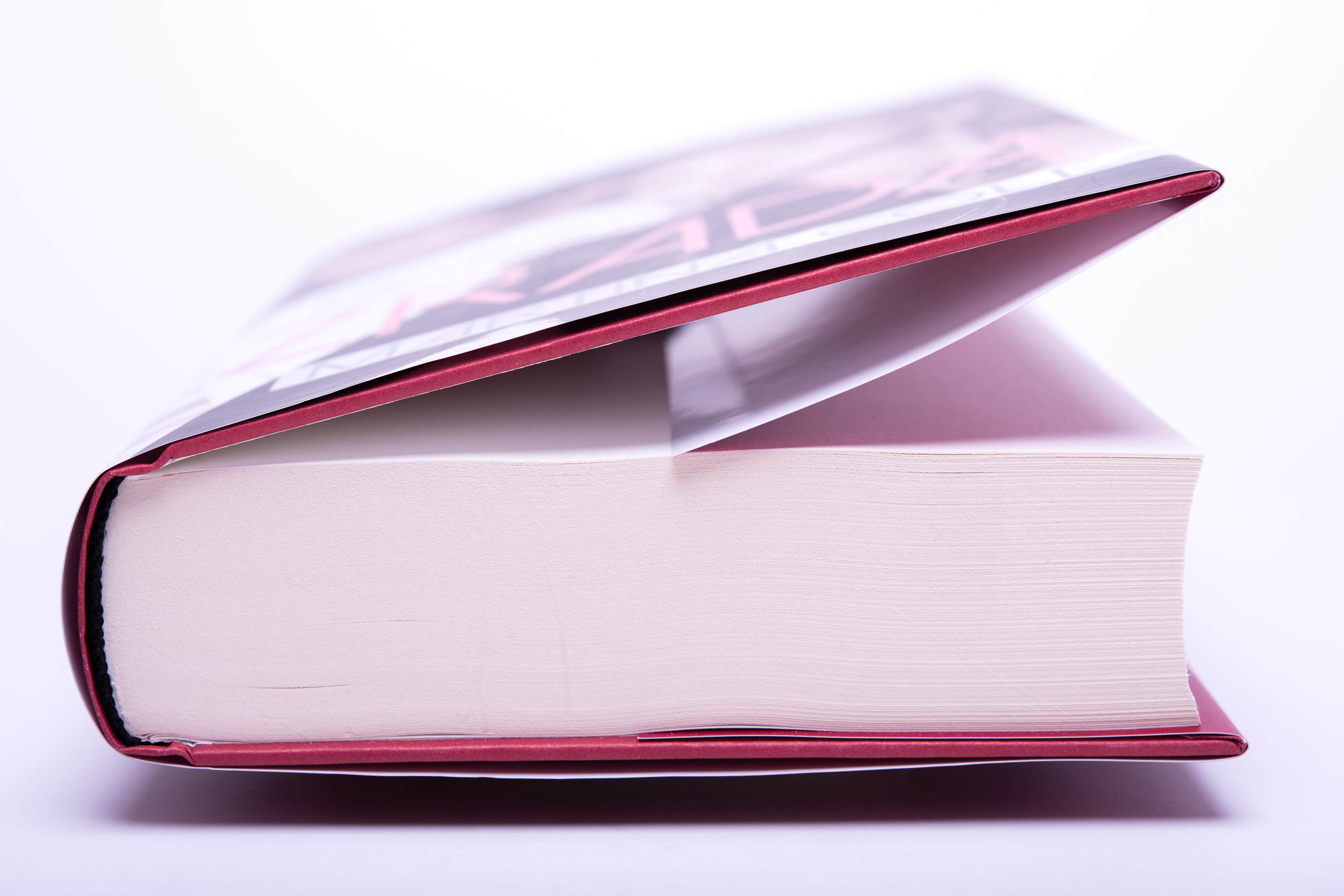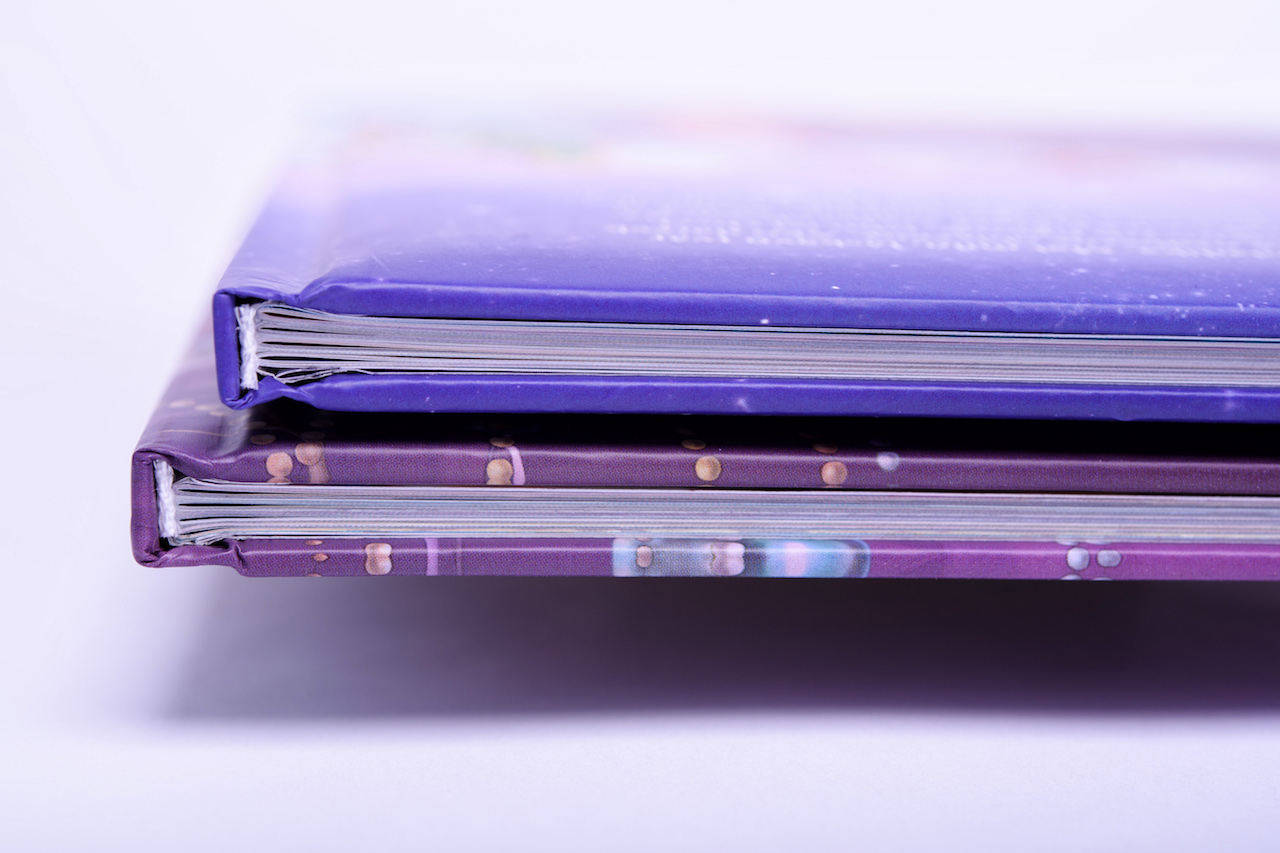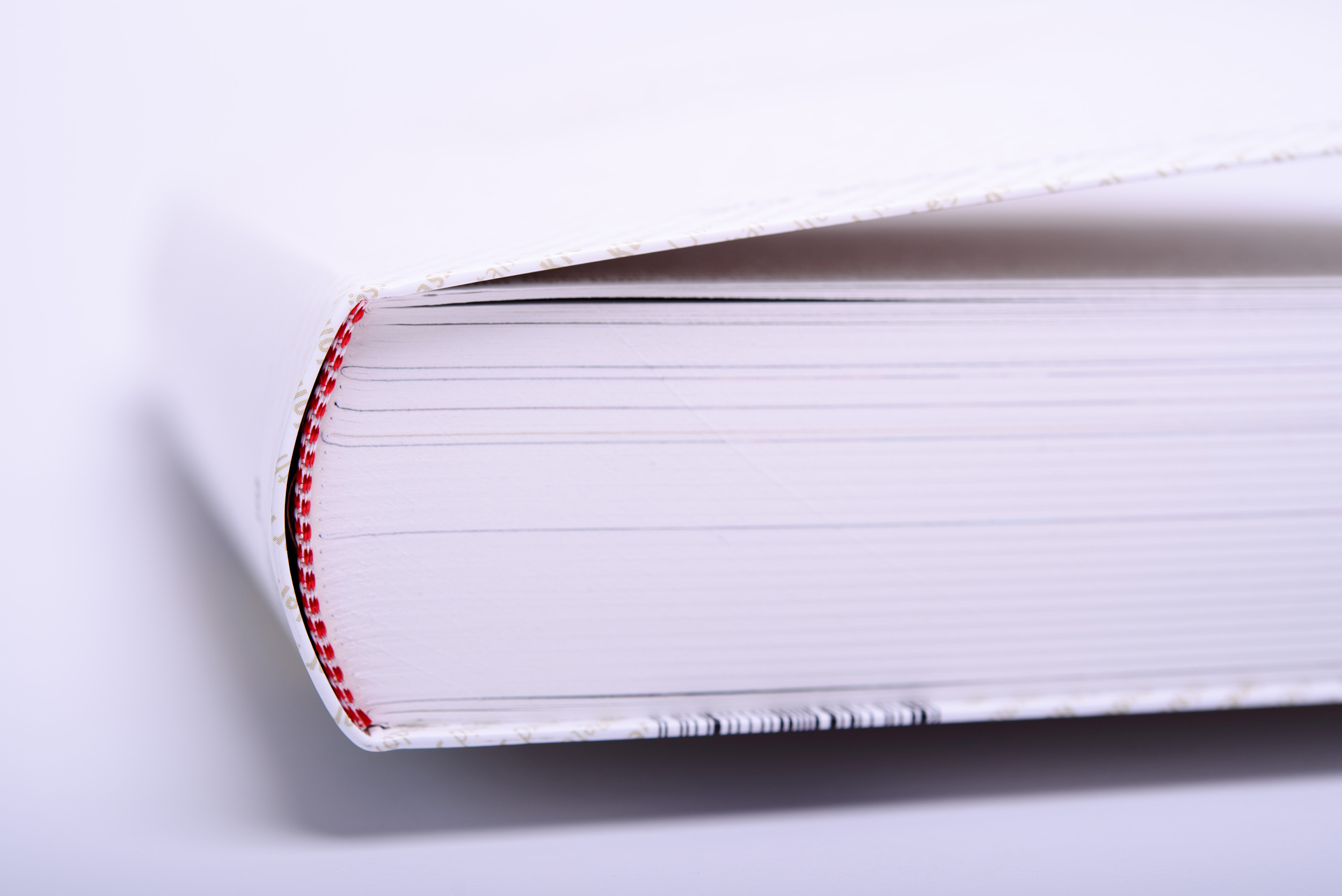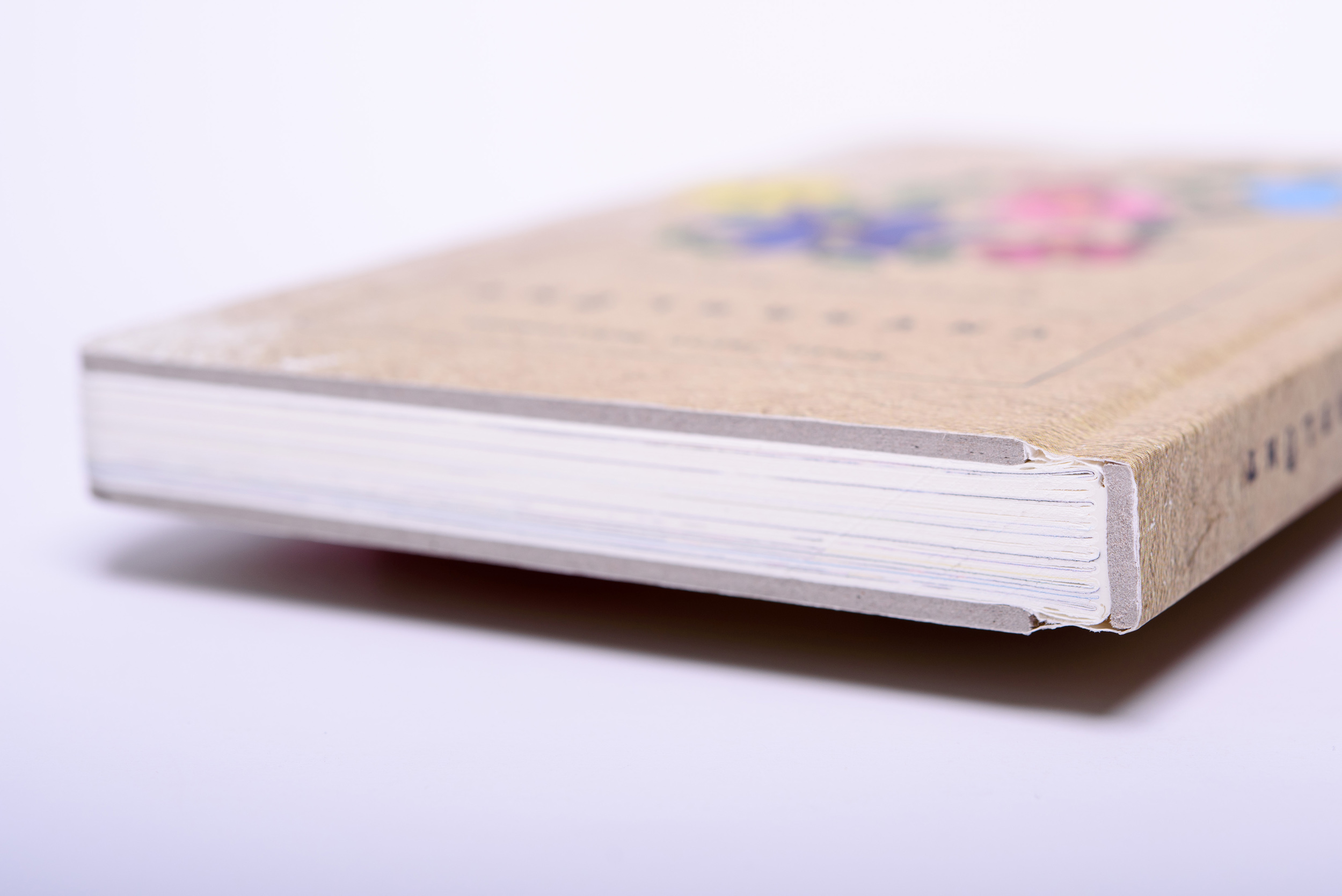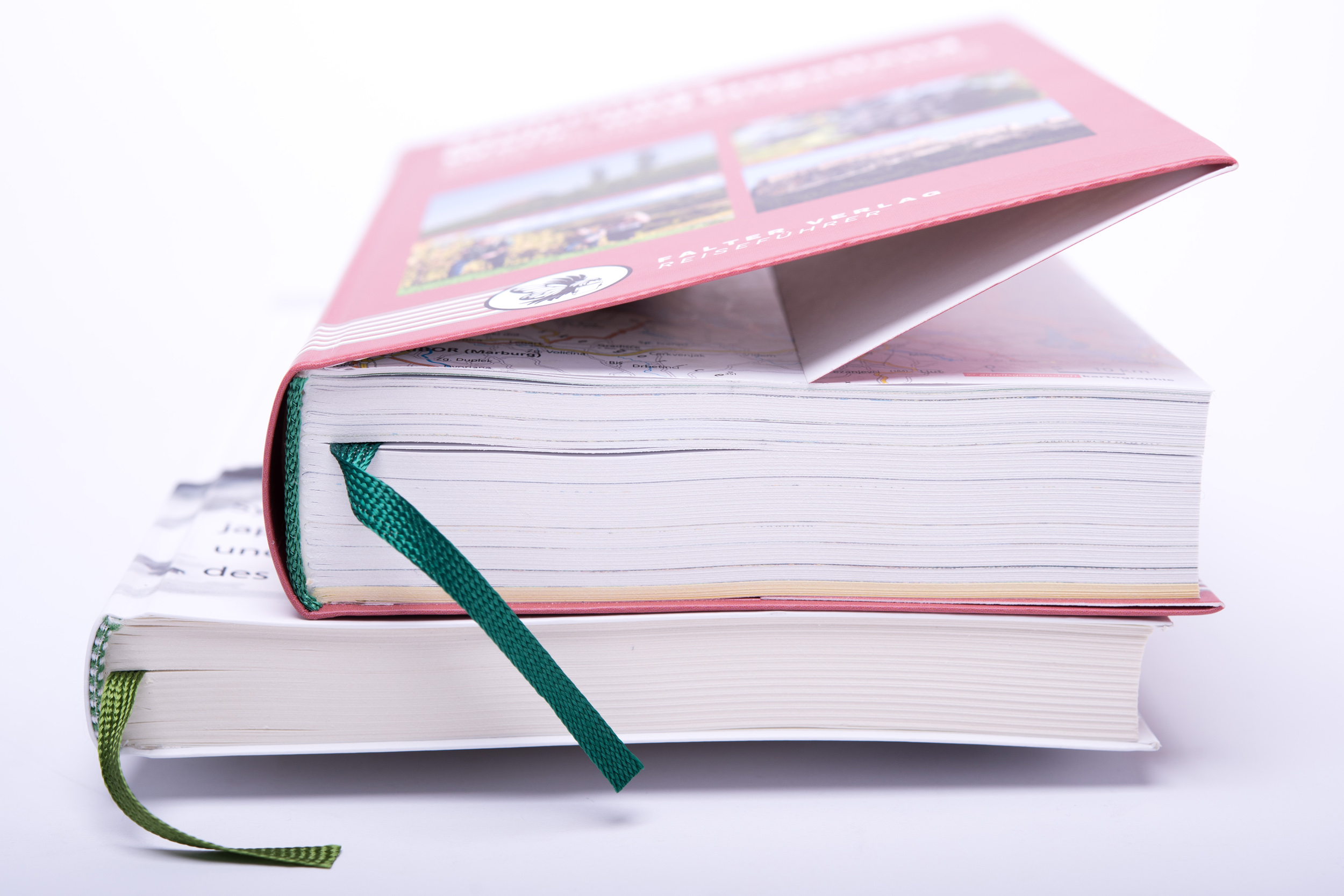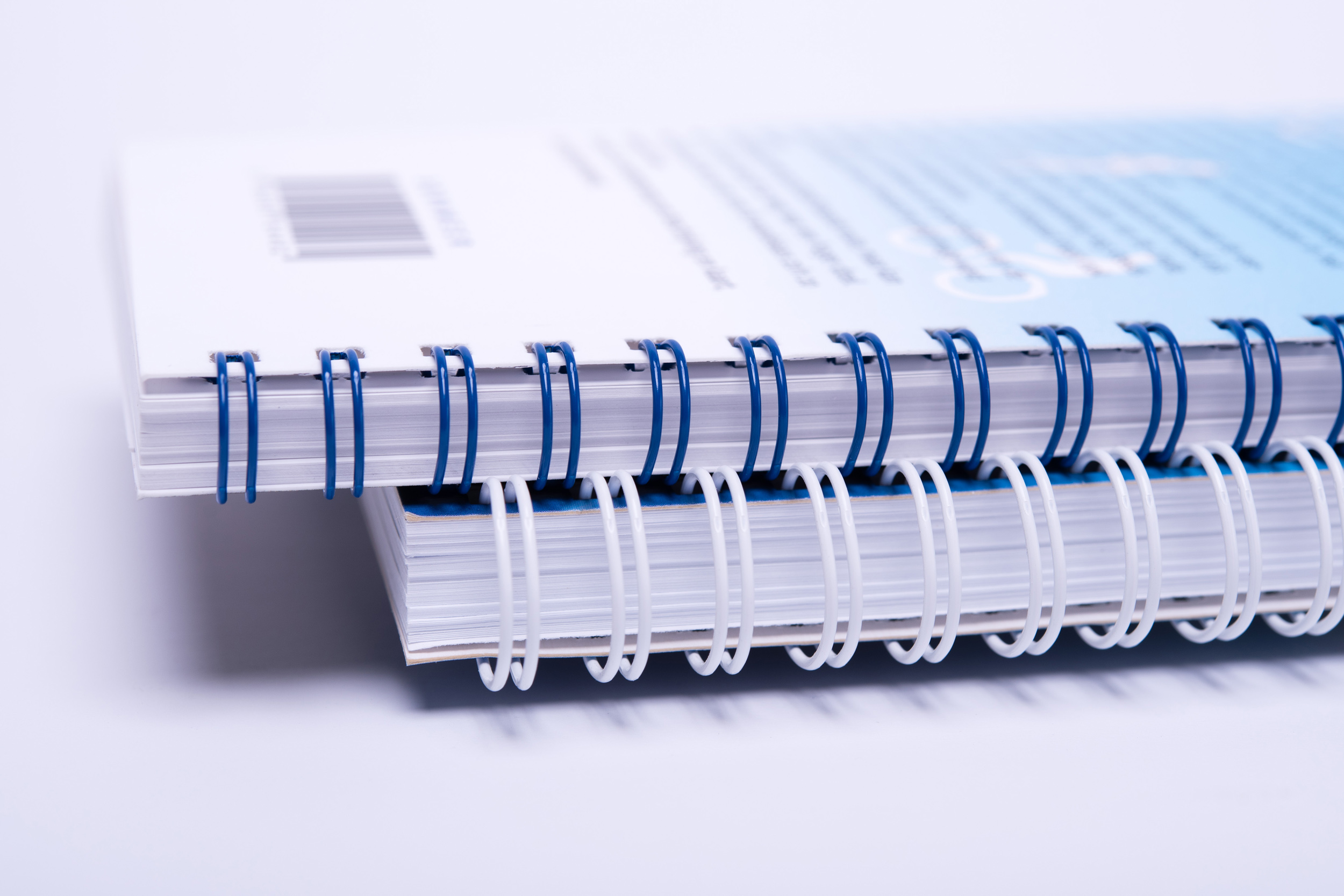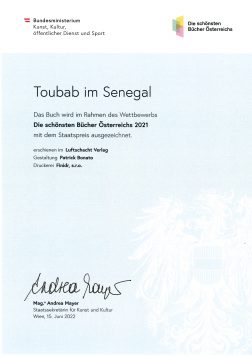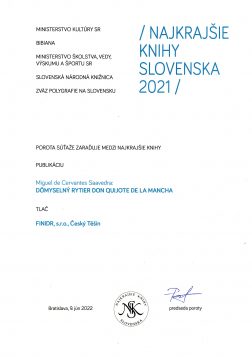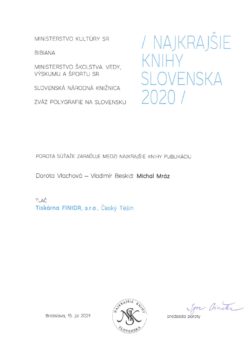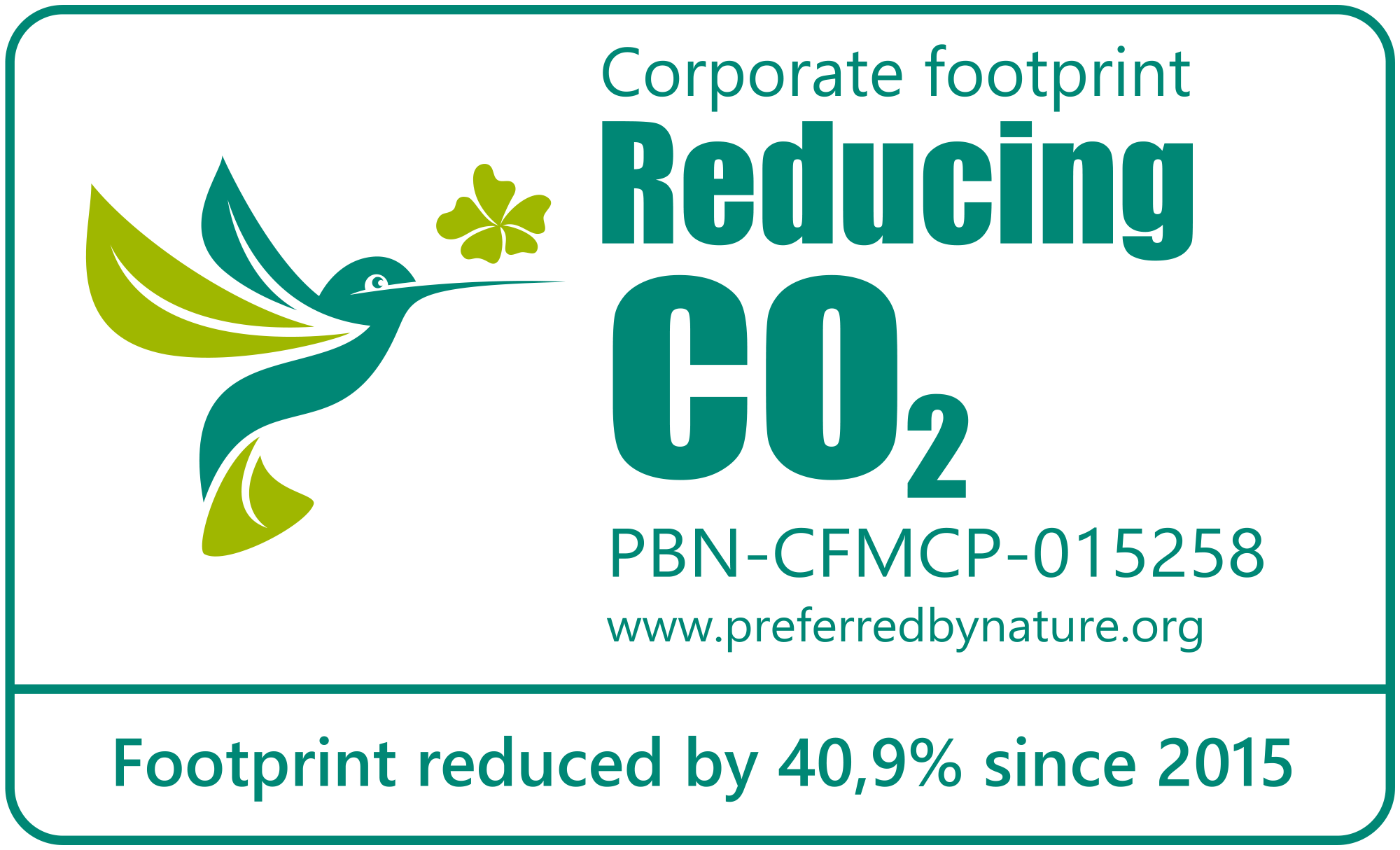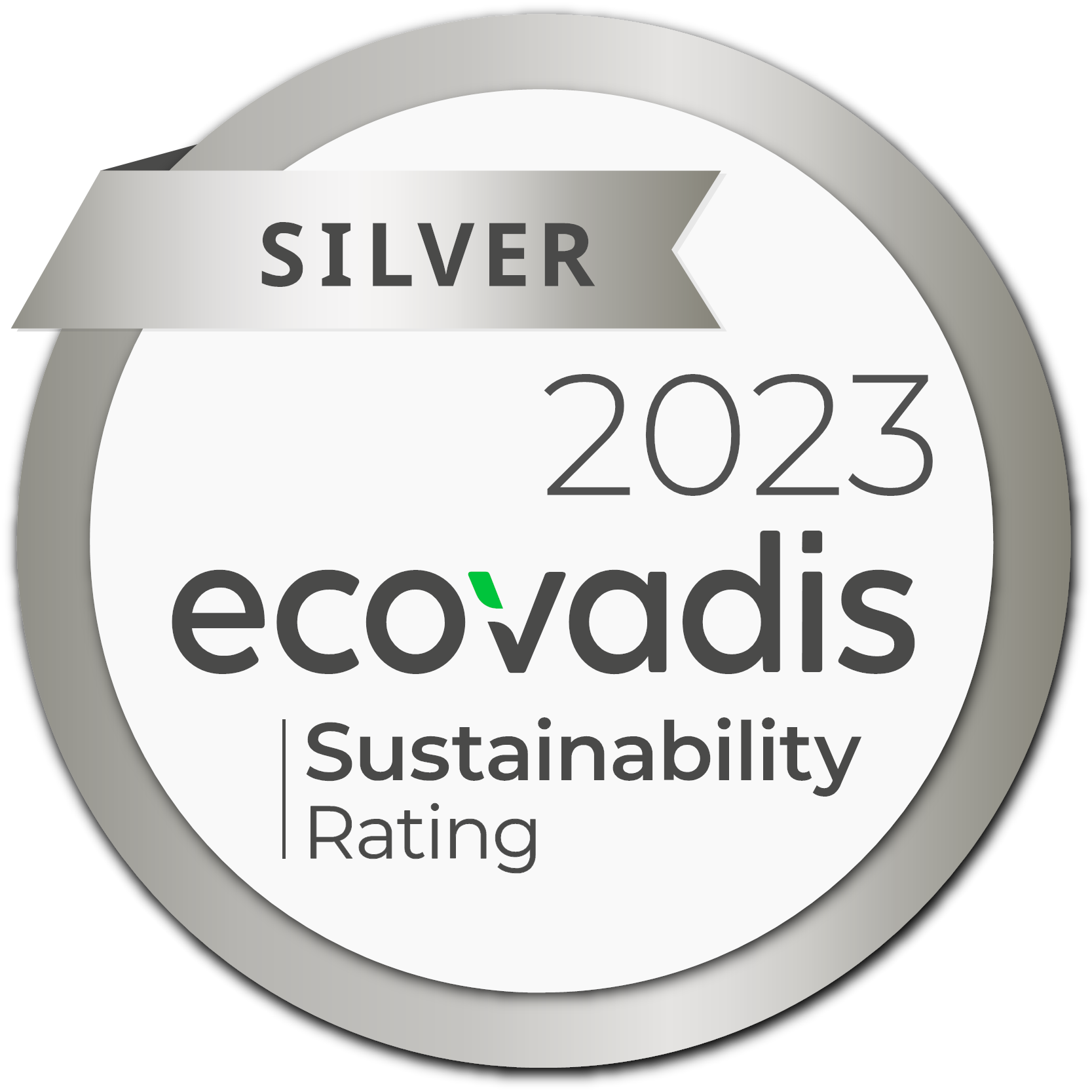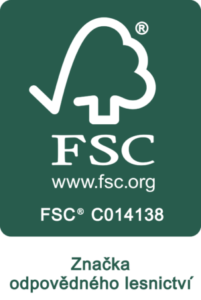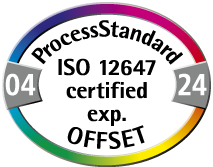Saddle-stitched binding (V1)
- Minimum size of text block after trimming: 89 x 120 mm
- Maximum size of text block after trimming: 311 x 355 mm
Folded signatures are inserted one into another and the collated set is inserted into the cover. After the spine is saddle-stitched, the product is trimmed on three sides.
Perfect binding (V2)
- Minimum size of text block after trimming: 70 x 82 mm
- Maximum size of text block after trimming: 310 x 434 mm
- Spine width: 2 mm – 70 mm
- Maximum width of open cover: 670 mm
Folded sheets are collated in the right sequence and milled in spine. The spine is then covered in glue in order to connect all pages. Afterwards, the cover and the text block are glued together. The last step consists in trimming the book on three sides, thus obtaining the size required.
Sewn paperback binding (V4)
- Minimum size of text block after trimming: 70 x 82 mm
- Maximum size of text block after trimming: 310 x 434 mm
- Spine width: 2 mm – 50 mm
- Maximum width of open cover: 670 mm
After each signature is sewn with threads, they are collated in the right sequence and sewn together. Once the cover is glued to the text block, the book is trimmed on three sides.
Paperback binding with flaps (V2z & V4z)
- Minimum size of text block after trimming: 70 x 82 mm
- Maximum size of text block after trimming: 310 x 434 mm
- Maximum flap width: 15 mm smaller than the width of the text block
Basically the same as sewn paperback binding and perfect binding; flaps are the only difference.
Quarter binding (V7)
- Minimum size of text block after trimming: 72 x 100 mm
- Maximum size of text block after trimming: 280 x 375 mm
- Minimum width of cloth strip around spine: 70 mm
The particular feature of this binding is its combined cover: the spine is connected to front and back boards by a strip of cloth. The remaining parts of the front and back boards are covered in other material, mostly printed paper.
Hardcover binding with laminated cover (V8a)
- Minimum size of text block after trimming: 72 x 100 mm
- Maximum size of text block after trimming: 280 x 375 mm
The hardcover case is entirely covered in printed paper. The printed cover is usually protected with gloss or matt lamination, it can also be refined with spot UV varnish or stamping.
Hardcover binding with dust jacket (V8b)
- Minimum size of text block after trimming: 72 x 100 mm
- Maximum size of text block after trimming: 280 x 375 mm
The entire hardcover case is covered in paper which is usually printed. After connecting the case and the text block, the book is provided with a dust jacket which serves as protection of the case. The dust jacket is usually laminated and it can be refined with spot UV varnish or stamping.
Hardcover binding with foam boards (V8c)
- Minimum size of text block after trimming: 72 x 100 mm
- Maximum size of text block after trimming: 280 x 375 mm
This type of binding is similar to V8a binding (mentioned above). The difference consists in the material used for the hardcover case: there is a layer of foam on the cardboard.
Flexo binding
- Minimum size of text block after trimming: 105 x 140 mm
- Maximum size of text block after trimming: 250 x 305 mm
This type of binding combines both paperback and hardback features. The text block is indeed cased-in like a hardback book, but the cover is made of graphical board and is therefore as flexible as a paperback.
Flexo binding with flaps
The cover is cut from a single sheet of material: approximately 300 gsm coated paper or graphical board. 15 mm stripes on the top and the bottom of the front and back cover are then folded in and glued to provide reinforcement. The flaps don’t have these folds. The text block is cased in, just like a hardcover.
Wire-o and spiral binding
This type of binding is often called calendar binding. The text pages are connected by wire or plastic spiral or twin-wire. The considerable advantage of this binding consists in easy book opening – up to 360°. The spiral can be visible or hidden behind the cover.
For high-quality bookbinding and final processing, we use the most modern production technologies of the following types:
- Polar N 137 AT cutting machines
- N 137 AT HD Pace Polar board cutting machine
- MBO K8 and MBO K8 RS folding machines
- Heidelberg Stahlfolder KH 78/82-P and Heidelberg Stahlfolder KH 82-P folding machines
- Aqua 102 Komet laminator and Aqua 102 Prima laminator
- Kolbus KM 411.B binding line
- Wohlenberg Master 7000 binding line, incl. front trim-cutting for flap books
- Uniplex Aster MX4 sewing machines and Multiplex Aster MX4 sewing machine
- Kolbus PE 312 case stamping machines
Awards
It’s an honour for us to know that books produced at our printing house receive awards. Not only are we proud of it, but we consider this fact as commitment to our future production too.

